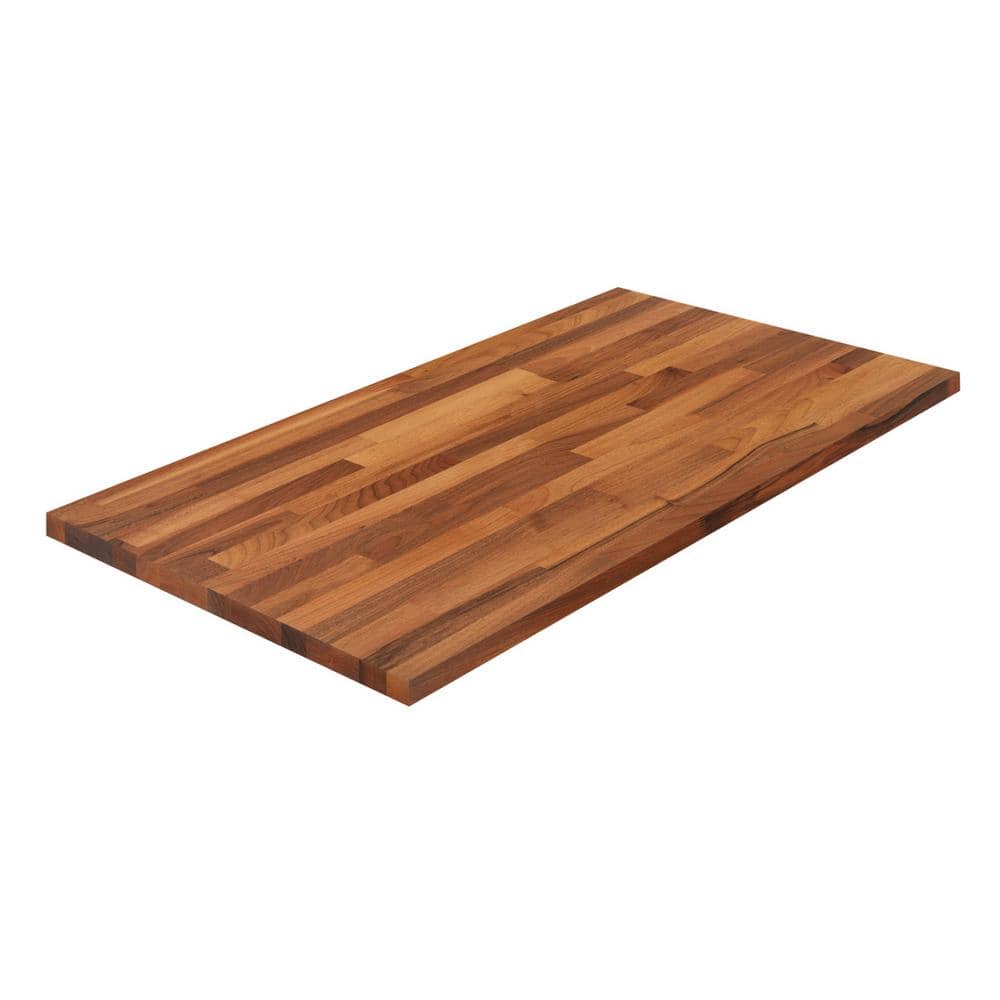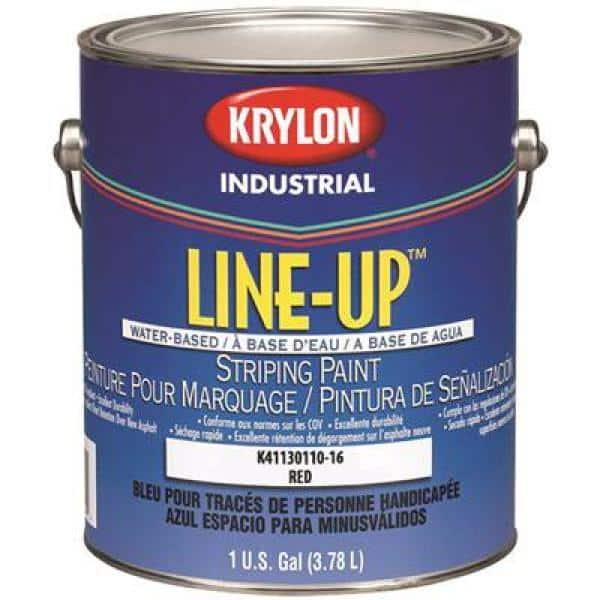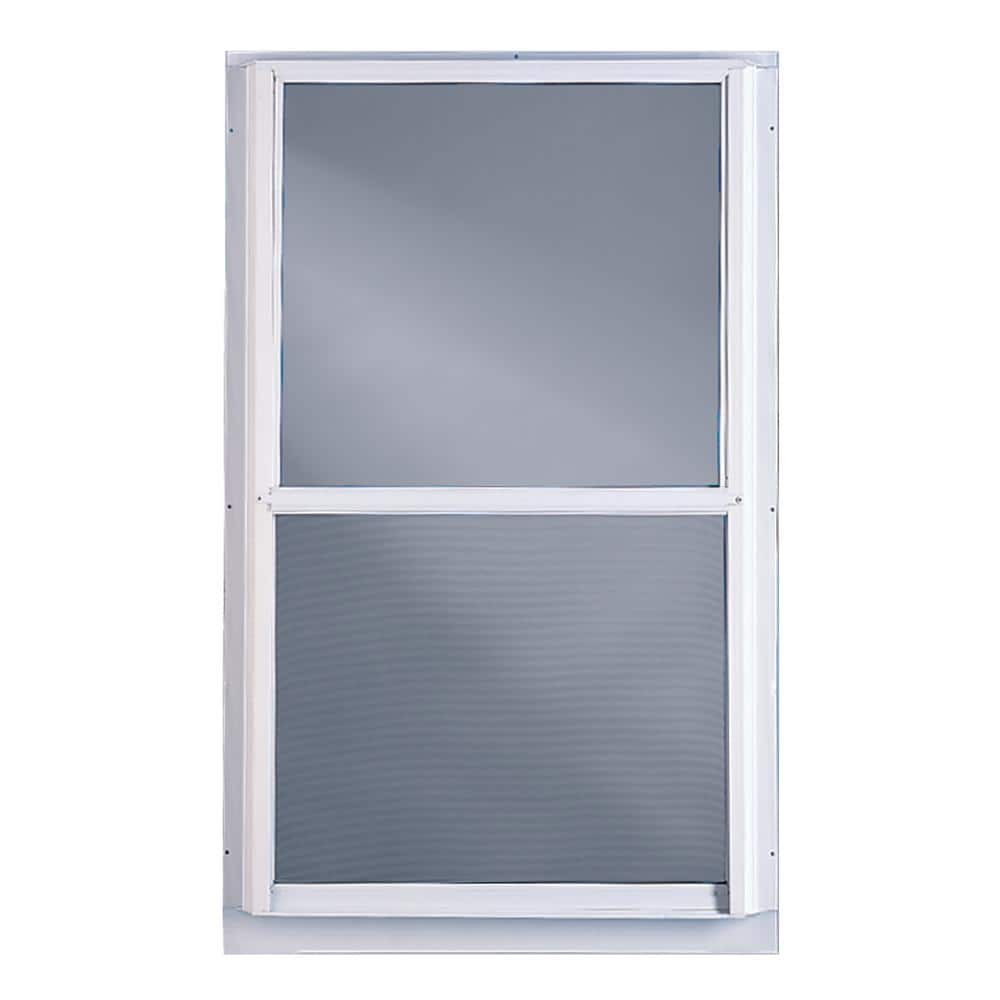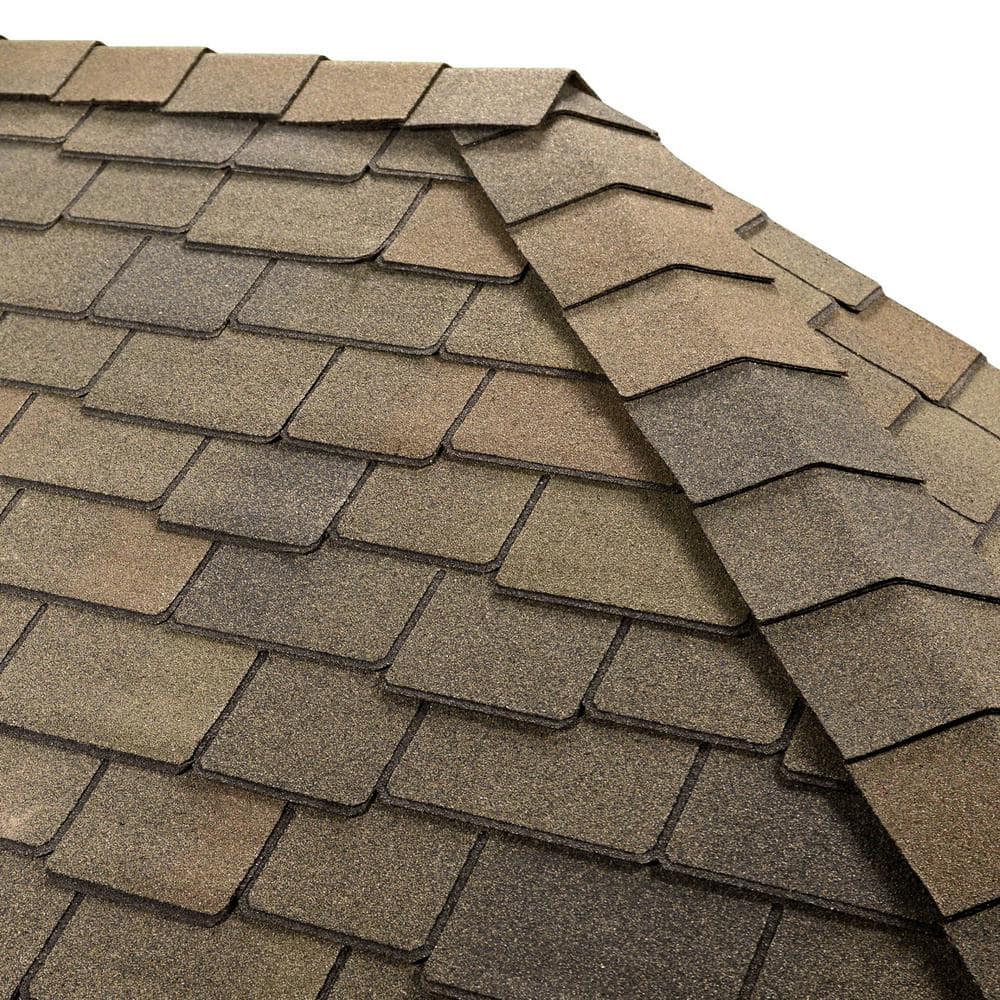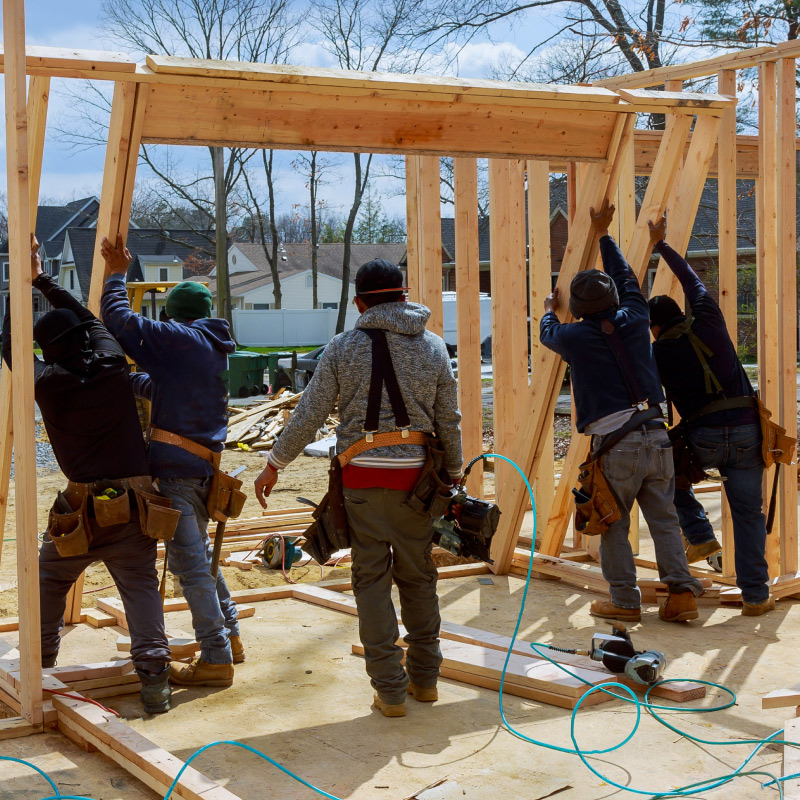Housing Market Predictions for 2024

Last updated August 12, 2024
Home buyers will see some relief from high mortgage prices in 2024 according to most housing market experts. After almost two years of interest rate increases, the Federal Reserve has signaled that it may cut rates in 2024.
This guide reviews the ongoing challenges to the 2024 housing market and the indications that it might improve in the year ahead.
Read The Forecast to stay current with housing market trends and predictions throughout 2024.
Table of Contents
Will Mortgage Rates Drop in 2024?
Will Home Prices Go Down in 2024?
Will the U.S. Housing Supply Improve in 2024?
Housing Market Predictions for Home Improvement
More Tools. More Products. More Perks.
Will Mortgage Rates Drop in 2024?

Interest rates will continue to be a major driver of the housing market in 2024. The Federal Reserve began raising interest rates in 2022 to slow the economy and bring down inflation, but the increased Federal Reserve rate drove mortgage loan rates to more than 8%.
In the end of 2023, inflation went down and the Fed paused the increases at 5.5%. Inflation remains above the Fed’s stated goal of 2%. In December, however, the Fed indicated it will likely cut interest rates in 2024. Subsequently, mortgage rates ticked down from the 2023 highs.
The National Association of Realtors (NAR) projects that 30-year fixed mortgage rates will drop to 6.3% in the year ahead. Other experts predict mortgage rates to fall to around 6%, but few expect them to drop significantly below that.
Reduced interest rates suggest that more new homes will be built in 2024 than initially expected. Builder confidence in the market for new single-family homes rose 3 points in December, reversing a four-month decline. The National Association of Home Builders attributes the improved confidence to the decline in mortgage rates.
Lower interest rates make loans less expensive for builders and developers, making residences cheaper to build. Lower rates also make prospective homeowners and property investors more likely to buy, improving the market.
Overall housing starts rose 14.8% to a seasonally adjusted rate of 1.56 million in November of 2023. According to data from the U.S. Census Bureau and the Department of Housing and Urban Development, single-family housing starts increased 18% in November but were down 7.2% for the year. Multifamily increased 6.9%.
The NAR predicts new home construction will rise 6.5% in 2024, while the National Association of Home Builders (NAHB) forecasts a 4% rise in housing starts by the year’s end. The lack of resale inventory due to the housing shortage will encourage new home construction.
New home construction will become more expensive in 2024 as building material costs are projected to increase, but at a slower rate than recent years.
The following are predictions for specific building materials:
- Cement demand will see a 4.2% rise in 2024, followed by a 3% rise each year until 2027, leading to higher cost.
- Gypsum products such as drywall are expected to see demand rise in 2024.
- Lumber costs are predicted to rise in February as builders prep for spring construction. The lumber industry is expected to face continued labor shortages and supply chain challenges likely to drive prices higher.
- Raw paint costs are expected to rise in 2024 due to an increase in the price of crude oil. These costs may be absorbed by manufacturers and retailers.
- Finishes are forecast to increase in price about 1%.
- Mechanical, electrical and plumbing product prices are predicted to rise 4%.
Will Home Prices Go Down in 2024?

Home prices are expected to make small increases in 2024 while sales will continue to go up.
Home prices have been historically elevated in recent years. The U.S. median sale price for 2023 peaked in June at $425,000, a drop from 2022’s record high of $433,000. However, the U.S. average median sale price for the whole of 2023 was $409,000, up from 2022’s average of $407,000 and setting a record high.
Lower mortgage rates will help with affordability in 2024, but the high demand in the housing market is likely to keep home prices from dropping.
Investment bank Goldman Sachs predicts that home prices will rise 0.6%, a smaller rate of increase than recent years. Some experts forecast that home sellers will cut prices to attract buyers.
While prices are high, the number of home sales dropped in 2023. NAR reports that existing home sales decreased 4.1% to 3.79 million in 2023, the slowest since 2010. However, the NAR predicts that new home sales will increase 19.4% and existing home sales will rise 13.5% in 2024. Experts predict rebounding markets on the West Coast, Northeast and Midwest following challenges in recent years.
All of the above have home listing prices below the national average. The exception is Worcester, which is higher than the national average but significantly lower than comparable homes in the Boston area. In addition to affordability, advantages of the cities include healthy job market, quality of life compared to cost of living and convenience to larger urban centers.
In addition, rents are predicted to decline in 2024. U.S. rents hit historic highs in recent years but declined for seven months in a row in 2023 due to increased vacancies and new multifamily construction. Rents are expected to drop 2% in 2024.
Will the U.S. Housing Supply Improve in 2024?

In 2023, monthly U.S. housing inventory peaked at 1.1 million homes, less than 2022’s 1.26 million and well below historic levels. High mortgage rates kept many potential sellers from putting homes on the market, but other factors have been exacerbating the U.S. housing shortage. (See The Pro Market Forecast for the latest information.)
- The U.S. housing supply never fully recovered from the market crash of the late 2000s and the pandemic reduced supply even more.
- High building material prices, interest rates, lingering supply chain issues and the shortage of skilled trades workers continue to hinder Pros from building new homes at a rate equal to demand. Inflation and interest rates are decreasing, but the skilled trades shortage has no short-term solution.
- Single-family zoning mandates and other restrictions in many U.S. communities put limits on new or denser development in popular neighborhoods or metropolitan areas.
Other factors reduce the number of homes on the market.
- Homeowners and property investors may want to sell their homes while prices are high. However, ones who bought their homes at lower mortgage rates can be reluctant to sell when rates are higher if they’ll have to buy a new home. Such homes are considered “cheaper to hold.”
- Remote work means fewer people are required to relocate for their jobs, thus reducing the number of homes put up for sale.
- Despite concerns that the United States would enter into a recession, the country’s relatively high employment means fewer lost jobs and less “distressed inventory” or foreclosures.
A sign that the U.S. housing supply will increase in 2024 is that new single-family building permits increased for 10 consecutive months in 2023, according to the U.S. Department of Housing and Urban Development.
The recent years of high prices have caused homeowners and investors to wonder, “Is the housing market going to crash?” Experts consider such a crash unlikely, as the elevated housing prices are due more to supply and demand issues than the inflation that comes with investor speculation.
Housing Market Predictions for Home Improvement

Despite likely increases in home sales and new home construction, Harvard University’s Joint Center for Housing Studies expects U.S. spending on home improvements and repairs to decrease at a moderate rate in 2024.
The Center’s Leading Indicator of Remodeling Activity (LIRA) projects spending on home updates to drop 7.7%, from $489 billion to $452 billion, through the third quarter of 2024. This decline, due to higher interest rates and low housing supply, is expected to slow later in 2024.
The Home Improvement Research Institute (HIRI) estimates that home improvement spending dropped 2.3% in 2023. This is a lower decline than the group initially predicted due to contractor backlogs and continued customer interest in remodeling.
HIRI advises home improvement Pros to expect fewer large, expensive jobs in the year ahead.
Home improvement spending is expected to increase after 2024, partially due to the aging of U.S. housing stock. Single family homes of 20-39 years old, the prime years for remodeling, are expected to increase 16% by 2026.
More Tools. More Products. More Perks.

Be more competitive and boost your bottom line with Pro Xtra, The Home Depot’s free loyalty program built for Pros. Sign up today to access the enhanced Pro Online Experience, built with the online business tools and time-saving features Pros need.
Save more on must-have supplies you need for the job, like drywall, fencing or roofing. Pro Xtra members qualify for bulk pricing on 4,000+ eligible products every day.
